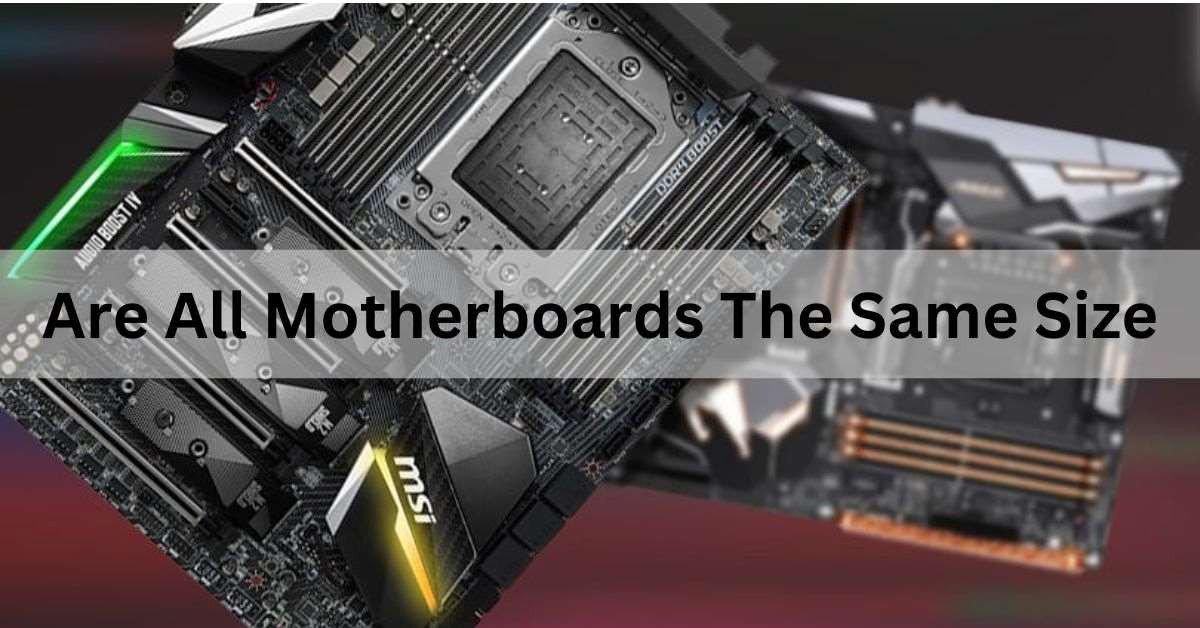When it comes to building or upgrading a computer, one crucial component to consider is the motherboard. Motherboards come in various sizes, and understanding these differences is essential for ensuring compatibility with your computer case and other hardware.
No, Motherboards come in different sizes, like ATX, microATX, and mini-ITX. Each size fits into specific computer cases. Make sure to check your case’s size before buying a motherboard to ensure a proper fit
In this article, we’ll explore the different motherboard sizes, their purposes, and why size matters in your PC build.
Table of Contents
What is a motherboard?
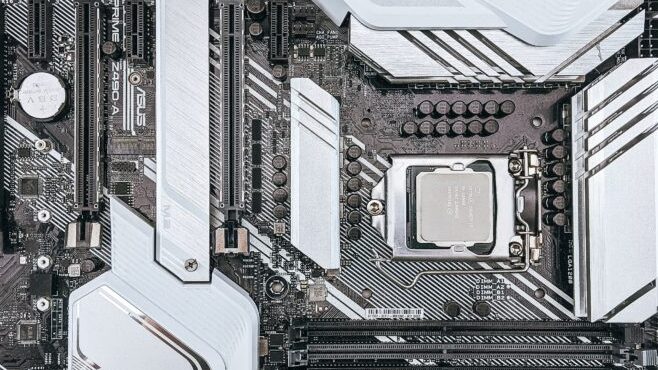
A motherboard is the main circuit board in a computer. It connects all the parts, like the CPU, memory, and storage, allowing them to work together. It’s the backbone that makes everything in a computer function properly.
Importance of motherboard size in a PC build.
Motherboard size matters because it affects the space for other parts, the number of slots, and how well it fits in the case. Choosing the right size ensures everything works together smoothly in your PC build.
Understanding Motherboard Sizes
1. Overview of different motherboard sizes.
Motherboards come in various sizes: ATX, Micro-ATX, and Mini-ITX. ATX is the largest, Micro-ATX is medium, and Mini-ITX is the smallest. Size affects the number of slots, ports, and components you can use.
2. Why size matters for PC compatibility.
Size is important for PC compatibility because it affects how well components fit in your case. A bigger motherboard or graphics card may not fit in a smaller case, leading to issues during installation or usage.
Common Motherboard Form Factors
1. ATX Motherboards:
ATX motherboards are the most common type of motherboard for desktop computers. They offer a good balance of features, size, and compatibility with different components, making them a popular choice for many users.
2. Micro-ATX Motherboards:
Micro-ATX motherboards are a compact option for building PCs. They fit in smaller cases but still have enough slots for most needs. These boards are great for saving space without giving up too much performance.
3. Mini-ITX Motherboards:
Mini-ITX motherboards are small, compact boards perfect for building small computers. They fit in tiny cases and are great for simple tasks or gaming in limited spaces. They have fewer slots but offer enough for most needs.
Motherboard Size Comparison?
Motherboard sizes vary mainly in ATX, Micro ATX, and Mini ITX formats. ATX is the largest and most feature-rich, while Mini ITX is the smallest and compact. Choosing the right size depends on your case and component needs.
PC Motherboard Sizes?
PC motherboards come in different sizes, like ATX, Micro ATX, and Mini ITX. ATX is the largest and has more slots. Micro ATX is smaller but still has good features. Mini ITX is the smallest, suitable for compact cases.
Computer Motherboard Sizes?
Computer motherboard sizes vary to fit different cases and needs. The main sizes are ATX, Micro-ATX, and Mini-ITX. ATX is standard, Micro-ATX is smaller, and Mini-ITX is the smallest, ideal for compact builds.
How to Choose the Right Motherboard Size
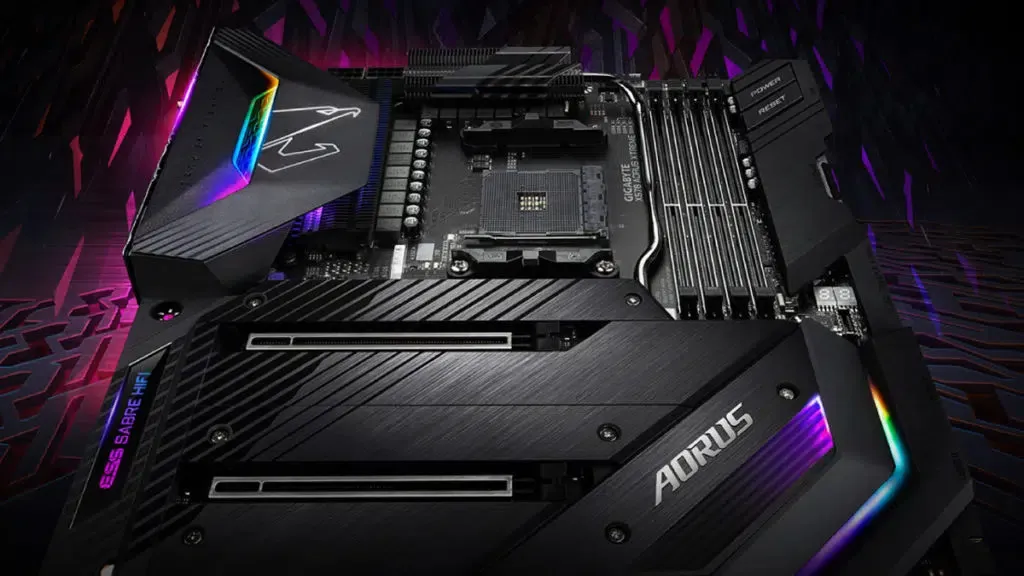
When choosing the right motherboard size, consider your case size, required features, and budget. Common sizes include ATX, Micro-ATX, and Mini-ITX. Ensure your case and components fit the motherboard for a smooth setup.
Compatibility Issues with Different Sizes
When dealing with different sizes in computer parts, compatibility issues can arise. For example, a large graphics card might not fit in a small case, or certain motherboard sizes may not match with specific cases. Always check the dimensions of each part to ensure they work together. This way, you avoid problems with fitting or installing components.
Motherboard Size and Performance
Motherboard size can impact performance. Larger boards may support more features, but size alone doesn’t determine speed.
1. Does size affect performance?
Size can affect performance. Larger components, like GPUs or CPUs, may offer better performance, but they also need more power and space. Smaller parts might fit in tighter spaces but could have lower performance or less cooling capacity.
2. Real-world implications.
It means how something impacts daily life. For example, if a new tech gadget is introduced, its real-world effects could include changes in how people work or how they interact with others.
Do all motherboards fit in any case?
No, not all motherboards fit in every case. Motherboards come in different sizes, and cases are designed to fit specific sizes. Make sure your case matches the motherboard size to ensure a proper fit.
How do you find out what size your motherboard is?
To find out your motherboard size, check the user manual or look at the motherboard itself for labels. You can also use system information tools in your computer’s settings or consult your computer’s specifications online.
Are all motherboards the same size for gaming
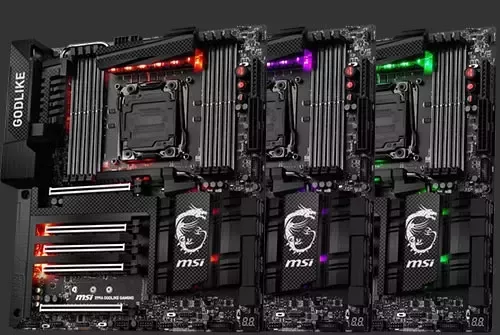
All motherboards are not the same size for gaming. Motherboards come in different sizes to accommodate various components and provide optimal performance for gaming. Some common motherboard sizes include ATX, Micro-ATX, Mini-ITX, and EATX.
ATX motherboard size
Motherboard size refers to the dimensions of a computer’s motherboard. It is the main circuit board that connects all the components of a computer, such as the processor, memory, and input/output devices. The size of a motherboard can vary depending on the type of computer and the features it supports.
Are all ATX motherboards the same size?
No, not all ATX motherboards are the same size. ATX motherboards come in different form factors, such as micro ATX, mini ATX, and extended ATX, which have varying dimensions. These different form factors cater to different system requirements and preferences.
Micro ATX motherboard size
A micro ATX motherboard is a type of computer motherboard that is smaller in size compared to other motherboard types. It is designed to fit into smaller cases and is suitable for building compact and energy-efficient computers.
ITX motherboard size
ITX motherboards are compact and measure 6.7 x 6.7 inches. They are perfect for small computer cases and are popular for building mini PCs. Despite their size, they often support various modern features similar to larger motherboards.
Motherboard Sizes
Motherboard sizes vary to fit different types of computers. The most common sizes are ATX, Micro-ATX, and Mini-ITX. Each size supports specific features and hardware, making them suitable for various needs, from gaming to basic tasks.
Motherboard sizes in inches
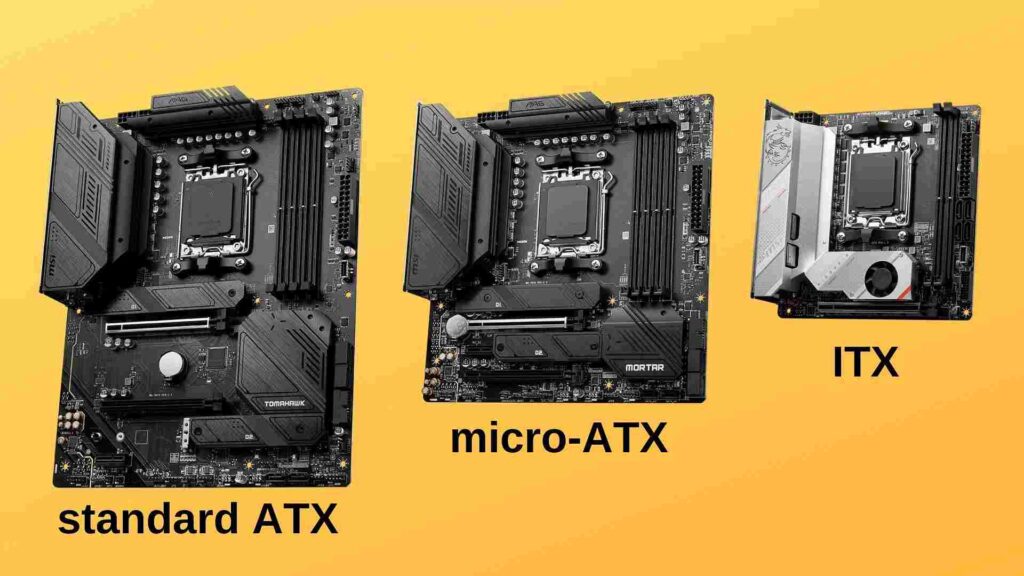
Motherboards come in various sizes measured in inches. Common sizes include ATX (12 x 9.6 inches), Micro-ATX (9.6 x 9.6 inches), and Mini-ITX (6.7 x 6.7 inches). These sizes determine compatibility with computer cases and other hardware.
FAQS:
1. How does motherboard size affect compatibility?
Yes, motherboard size affects compatibility with cases, influencing the number of expansion slots and available space for additional components.
2. Can you use any motherboard size in any PC case?
No, you cannot. You must match the motherboard size with a compatible case designed to fit that specific form factor.
3. Are there any performance differences between motherboard sizes?
No, motherboard size does not directly affect performance, but larger boards often offer more features and expansion options, influencing overall capabilities.
4. Can I upgrade my motherboard to a different size?
Yes, but you’ll need to ensure your new motherboard fits your current case or purchase a new case compatible with the new size.
5. What are the advantages of a larger motherboard size?
Yes, larger motherboards offer more expansion slots, additional RAM slots, and better connectivity options, making them ideal for high-performance or extensive builds.
6. What are the advantages of a smaller motherboard size?
Yes, smaller motherboards are ideal for compact builds, saving space and allowing for portable setups, though they offer fewer expansion options.
7. Are there differences in the layout between different motherboard sizes?
Yes, layout differences exist between motherboard sizes, affecting the arrangement of components like RAM slots and PCIe slots within the PC case.
8. How do I choose the right motherboard size for my needs?
Yes, choose based on your expansion needs, case size, and available space, considering whether you need more features or a compact setup.
9. Is there a significant price difference between motherboard sizes?
Yes, larger motherboards with more features generally cost more than smaller ones, though prices can vary based on brand and specifications.
Conclusion:
In conclusion, choosing the right motherboard size is crucial for building a PC that fits well and performs effectively. Motherboards come in various sizes, including ATX, Micro-ATX, and Mini-ITX, each offering different features and fitting into specific cases. By understanding these sizes and their impacts on compatibility and performance, you can make an informed decision that best suits your needs and setup.
Also Read:

